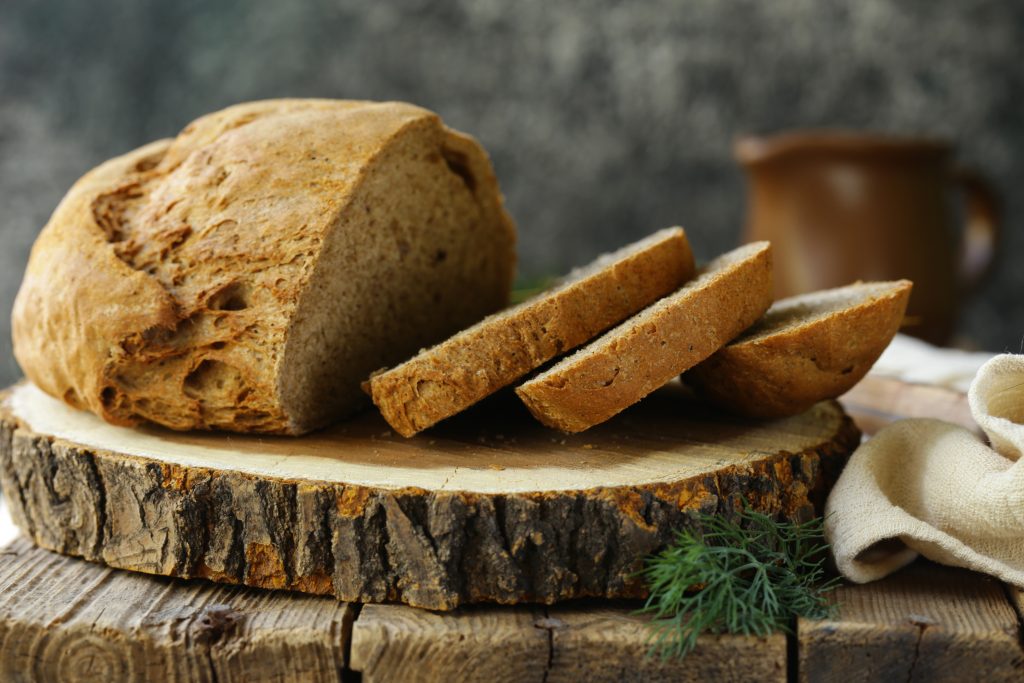Homemade Bread Day is celebrated each year on November 17th.
Sliced bread is undoubtedly a good thing – it saves time, and the effort of kneading. But it’s a real shame that so few of us get to taste the yeasty deliciousness that is home-made bread. And that’s where Home-Made Bread Day comes in!
The origins of this Day are shrouded in mystery, but its purpose and benefits are obvious. The invention of the bread-maker has taken a lot of the effort out of baking, meaning that there is no reason why everyone shouldn’t enjoy home-made bread, which is often of much higher quality than the stuff you can buy in a shop. Home-baked bread is often healthier, higher in fiber, and lower in salt and additives than commercial varieties, and the recipe can be modified to suit the maker’s tastes, with grains, spices, or other additions.
Consider investing in a bread maker, or borrow a friend’s to get baking for Home-Made Bread Day!
NATIONAL HOMEMADE BREAD DAY TIMELINE
Archaeologists found bas-reliefs, dating at least this far back, of Egyptians harvesting grain, likely for bread.
Mount Vesuvius erupted, preserving both the Roman city of Pompeii, which had 33 bakeries and its bakery of Modestus.
The writings of Indo-Persian poet Amir Kushrau were recorded history’s first reference to bread.
Otto Frederick Rohwedder invented a machine to slice bread.
Comedian Red Skelton apparently coined this phrase during a newspaper interview.
5 REASONS BREAD SMELLS SO GOOD (THANKS SCIENCE!)
-
It’s not just the ingredients
Bread’s aroma comes from its ingredients, the fermentation process, and reactions during the baking process.
-
Thank you, maltol
Maltol, which has the scent of caramel and cotton candy, and isomaltol give bread crust its flavor and aroma.
-
It’s also found in pickles
Certain compounds give breadcrumbs — and, strangely, cucumbers — their scent.
-
Fourteen is the magic number
Scientists have used 14 molecules to mimic the smell of baguettes.


